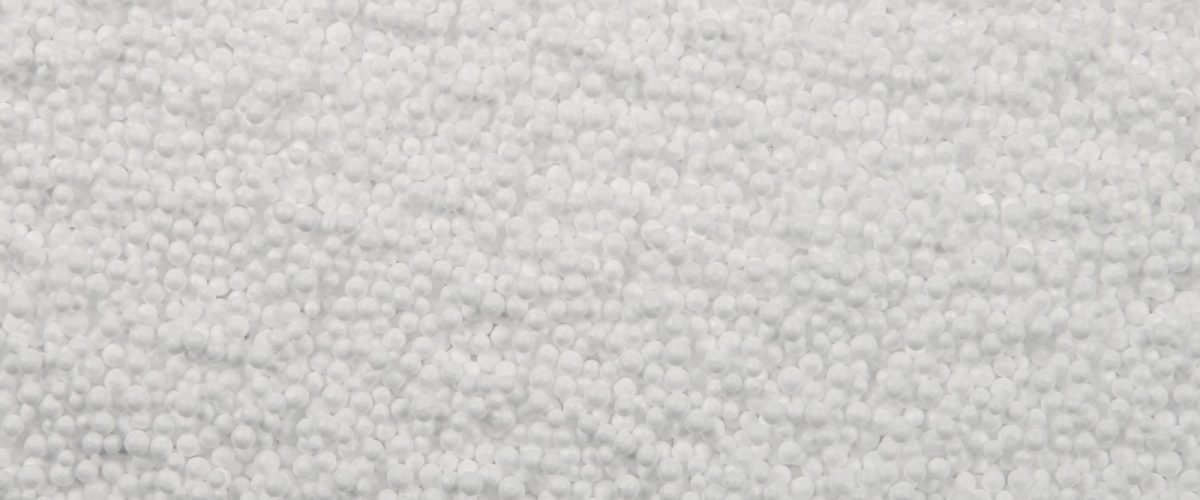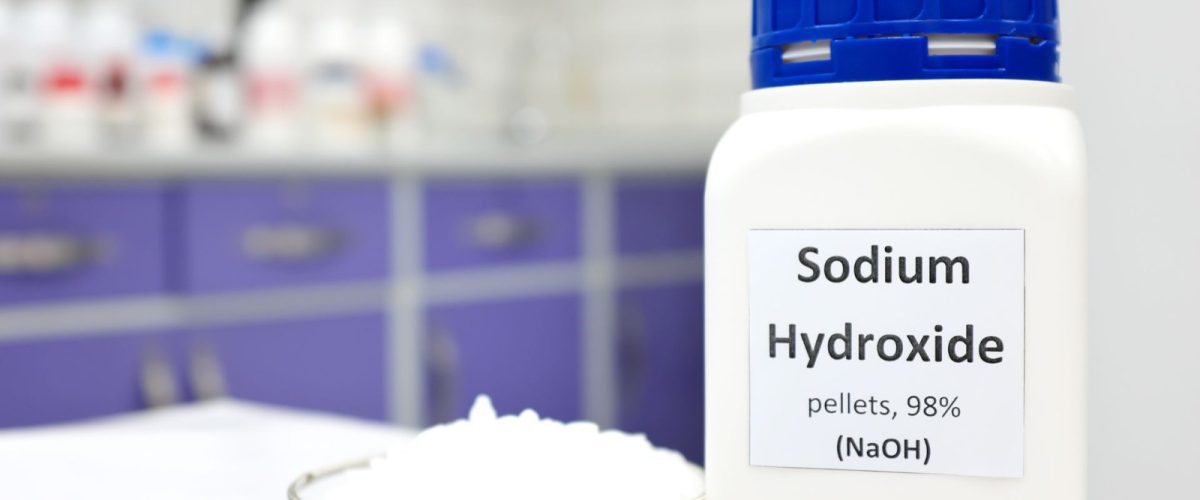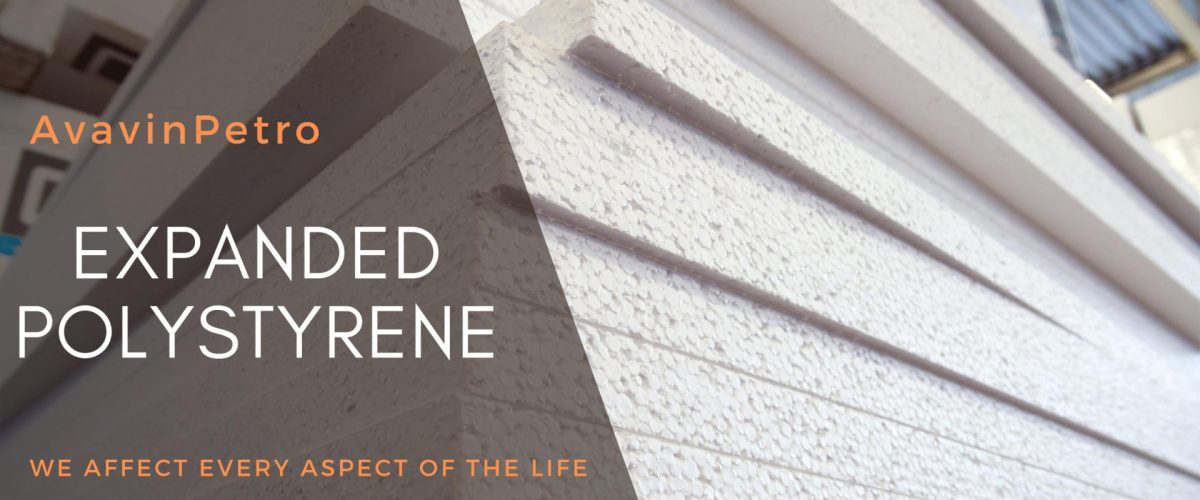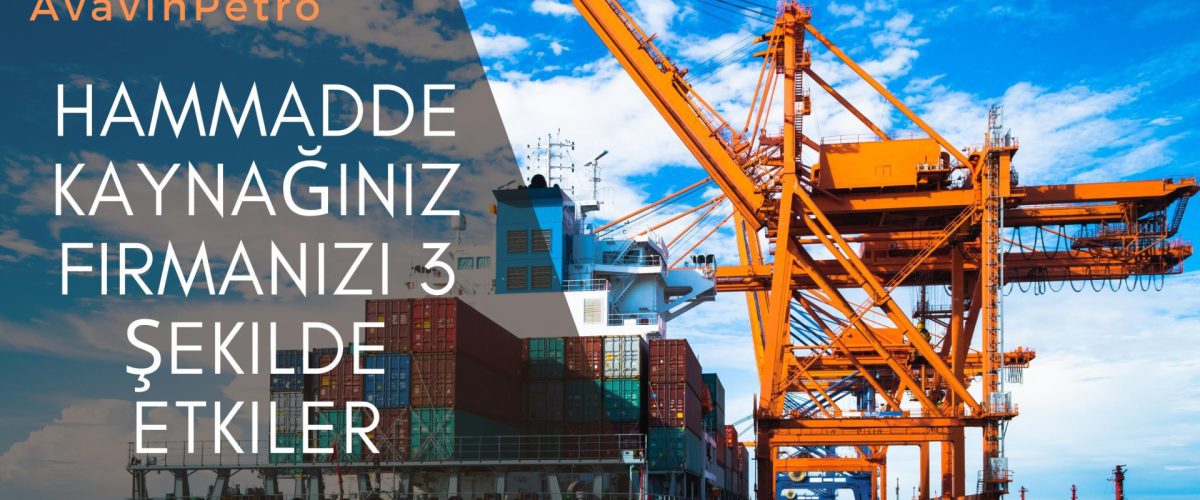EPS applications in civil engineering and construction
Introduction:
Expanded Polystyrene (EPS) is a lightweight, rigid plastic foam insulation material produced from polystyrene beads. EPS has a wide range of applications in different industries, including civil engineering and construction. EPS has proven to be an excellent material in construction due to its unique properties such as excellent thermal insulation, high compressive strength, water resistance, and fire retardancy. AvavinPetro is a leading EPS supplier with years of experience in providing high-quality EPS to the construction industry. In this article, we will explore the various applications of EPS in civil engineering and construction, with a particular focus on AvavinPetro’s role as an EPS supplier.






